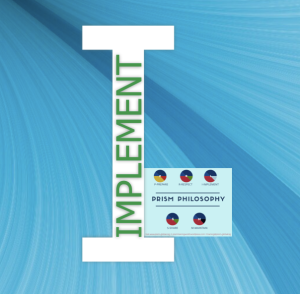Feel Connected with teams
- Prism Philosophy

- Aug 15, 2017
- 2 min read
POWER THROUGH CONNECTION
Improving performance by learning new skills is not the only way to heighten production. Sometimes, improving performance depends upon changing the emotional atmosphere and improving employee relationships.
When people feel connected to others, they experience less negative stress. Relationships change brain chemistry, making people less vulnerable to negativity. To foster a feeling of connection in the workplace, leaders have to set aside the right kinds and amounts of time for interacting.

More meetings build connection and unity. They should involve talking about work, behaviors, roles, and responsibilities, so people can see the different ways their experiences connect with those of others.
Leaders should have several types of meetings with their teams:
*Daily check-in: 5-10 minutes.
*Weekly tactical: 45-90 minutes.
*Monthly strategic: 2-4 hours.
*Quarterly off-site review: 1 to 2 days.
The most important ingredient for successful meetings is having a predictable schedule and structure.
Another way leaders can set boundaries is by creating connections. Factors that neurologically build connection among coworkers include:
*A shared purpose that is clearly defined within the meeting.
*Awareness that allows everyone to operate from the same facts and realities.
*Nonverbal cues, such as turning off cell phones, that indicate a willingness to actively engage with others.
*Collaboration in an environment where people are physically and mentally present and engaged in problem solving.
*Coherent and relevant narratives that engage the brain more fully and illustrate people’s roles in the company story as it moves forward.
*Conflict resolution that confronts those interpersonal issues that hinder high performance.
*Emotional regulation that results from connecting with others for feedback and empathy.
*Emotional reflection that focuses on the present and leads to insight and openness within the group.
*Emotional repair that occurs in a group bound by mutual trust.
*Listening that is active and intentional so that each member of the group knows and understands the others.






Comments